Strategic Management Text And Cases 8th Edition By Mcnamara – Test Bank
Chapter 04
Recognizing a Firm’s Intellectual Assets: Moving Beyond a Firm’s Tangible Resources
True / False Questions
|
1. |
According to the text, for most of the 20th century, managerial efforts were directed more toward the efficient allocation of labor and capital. True False |
|
2. |
The importance of human capital has decreased in recent years. For this reason, many firms have placed greater attention on attracting talent, but not on developing or retaining it. True False |
|
3. |
The more reliance a firm has on intellectual capital, the closer its book value will be to its market value. True False |
|
4. |
The difference between the market value and book value of a firm is its social capital. True False |
|
5. |
In the current economy, reliance on the three traditional financial statements (income statement, balance sheet, and statement of cash flow) has increased. True False |
|
6. |
Firms such as Apple and Microsoft will tend to have a higher ratio of market value to book value than industrial companies such as Nucor Steel. True False |
|
7. |
Creation of new knowledge involves the continual interaction of explicit and tacit knowledge. True False |
|
8. |
Social capital does not extend beyond the organizational boundaries to include relationships between the firm and its suppliers, customers, and alliance partners. True False |
|
9. |
Explicit knowledge is in the mind of employees and is based upon their experiences and backgrounds. True False |
|
10. |
The gap between company market value and book value is far greater for knowledge-intensive corporations than for firms with strategies based primarily on intangible assets. True False |
|
11. |
In firms where knowledge and the management of knowledge workers are relatively important contributors to developing products, and services and physical resources are less critical, the ratio of market-to-book value tends to be much lower. True False |






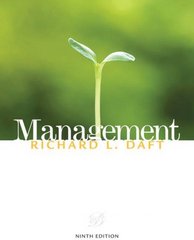
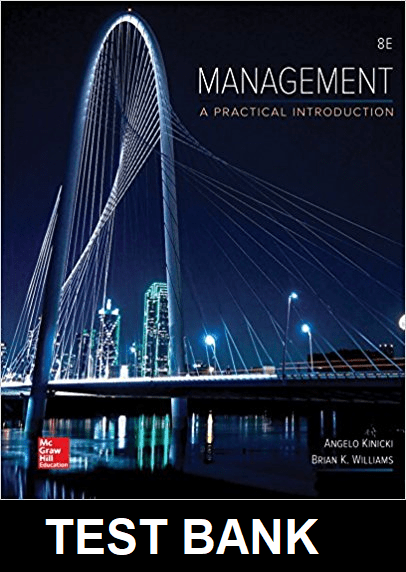

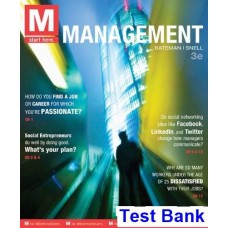
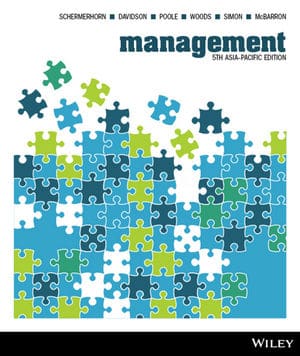
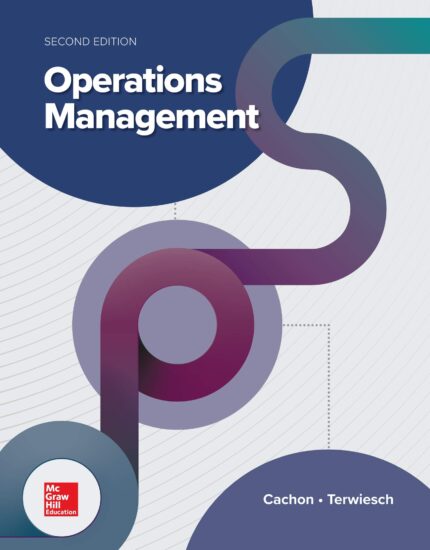
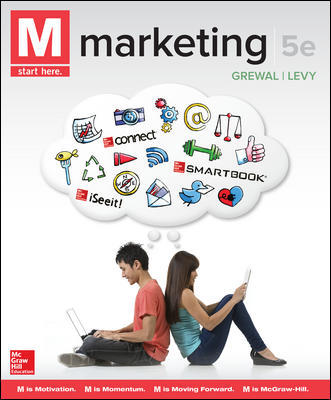

Reviews
There are no reviews yet.